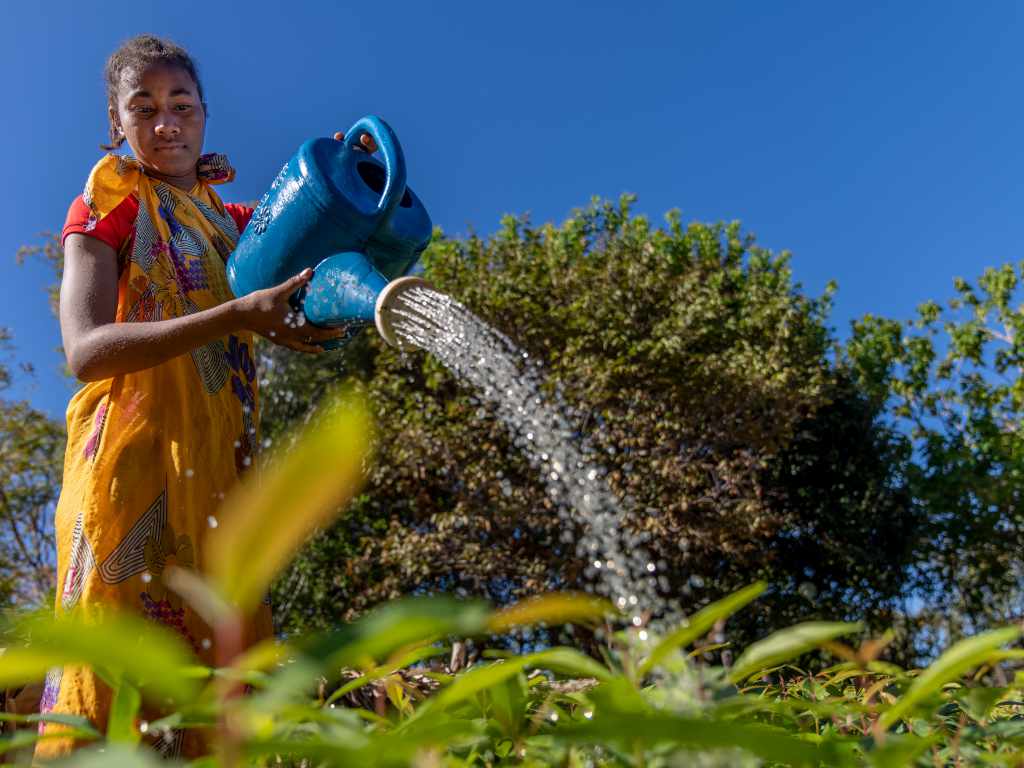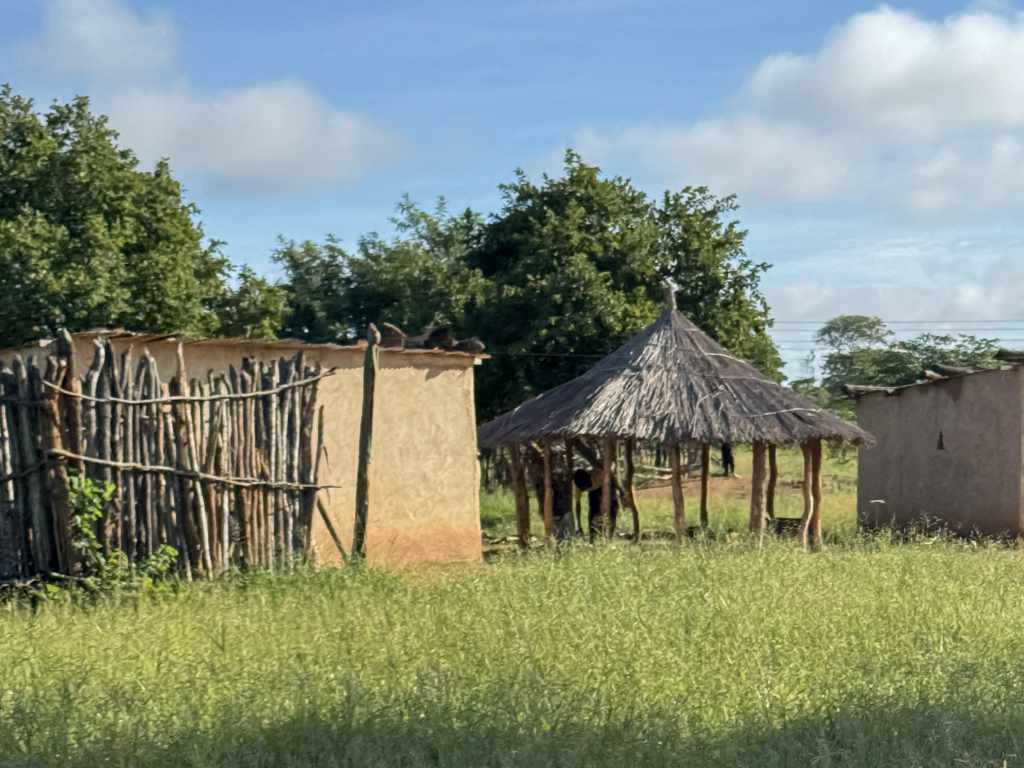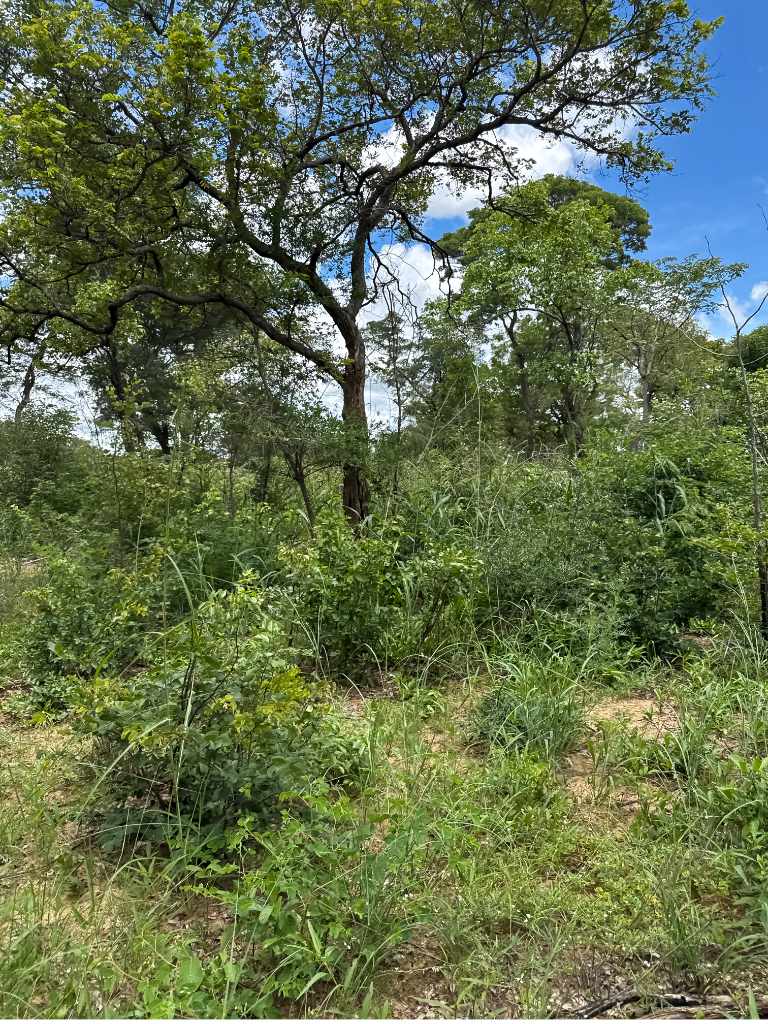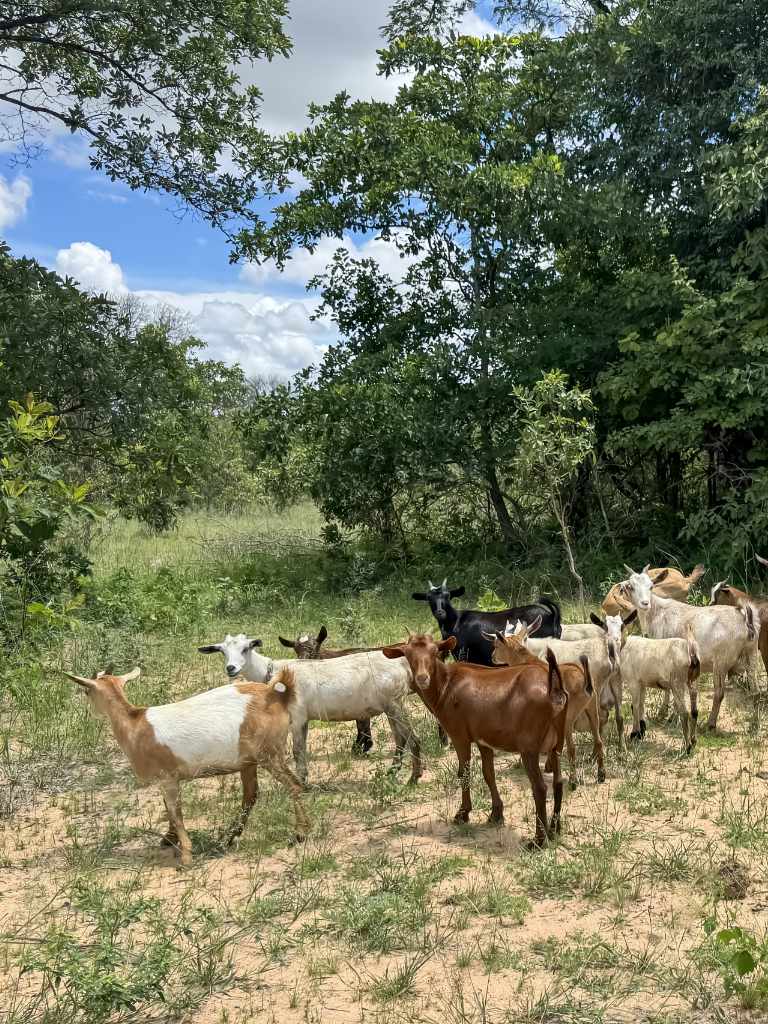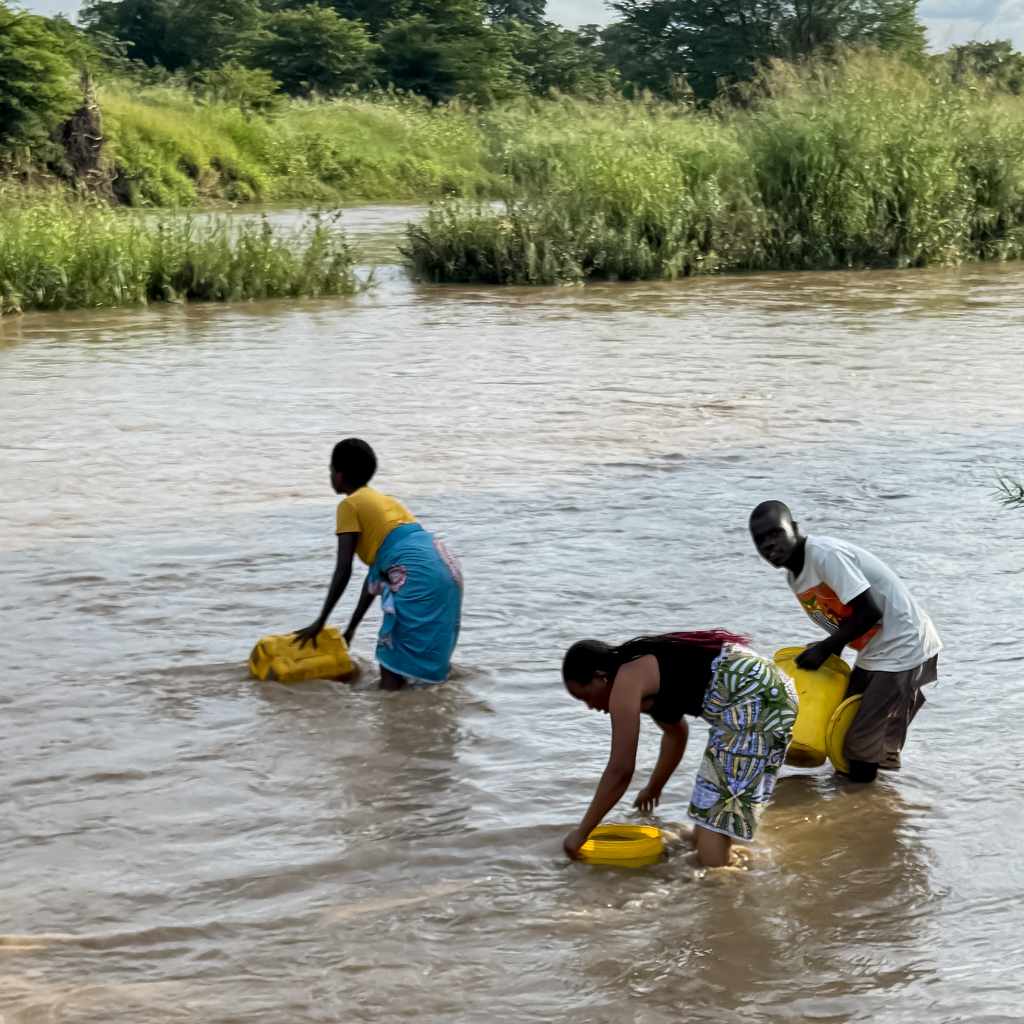
Our Projects
Musokotwane-Nyawa Miombo Woodland Carbon Project
Project Overview
The Musokotwane-Nyawa Miombo Woodland Carbon Project represents Eden’s strategic expansion into carbon-eligible landscape restoration in southern Zambia. Located within the Kavango Zambezi Transfrontier Conservation Area (KAZA TFCA), this 40-year initiative aims to restore 185,000 hectares of degraded Miombo woodlands while generating an estimated 2.9-6.0 million verified carbon credits.
The project establishes a vital wildlife corridor connecting the Greater Kafue Ecosystem with Mosi-oa-Tunya National Park through community-centered restoration across two chiefdoms. Working directly with 23 communities, the initiative addresses severe land conversion through sustainable solutions including assisted natural regeneration, climate-smart agriculture, and forest-friendly enterprise development.
This blended finance approach combines initial philanthropic support with long-term carbon market mechanisms to restore four diverse ecosystem types while enhancing biodiversity, improving community livelihoods, and contributing to Zambia’s climate commitments under the Paris Agreement.
Download the Musokotwane-Nyawa Miombo Woodland Carbon Project Brochure
Learn more about this restoration project and its impact on local communities and ecosystems. Our detailed project brochure provides key information about implementation strategies, current progress, and partnership opportunities.Ecosystem
The Musokotwane-Nyawa landscape represents a carbon-eligible restoration opportunity within southern Zambia’s KAZA TFCA, encompassing 185,000 hectares of diverse ecosystems. Southern Miombo woodlands dominate, featuring carbon-sequestering Brachystegia, Isoberlina, and Julbernardia species, alongside Zambezian Mopane woodland, Baikiaea woodland (mutemwa), and seasonally flooded grasslands that support critical biodiversity.
The landscape has experienced substantial degradation, losing 140,000 hectares of forest cover (2.7%) between 2001-2023 through slash-and-burn agriculture, unsustainable timber extraction, and charcoal production. This has disrupted vital wildlife corridors connecting the Greater Kafue Ecosystem with Mosi-oa-Tunya National Park. The project aims to generate 2.9-6.0 million carbon credits over its 40-year lifetime while restoring ecosystem connectivity and developing forest-friendly livelihoods. Climate resilience is particularly crucial given the region’s 5% rainfall decrease between 1971-2000 and increasing climate variability.
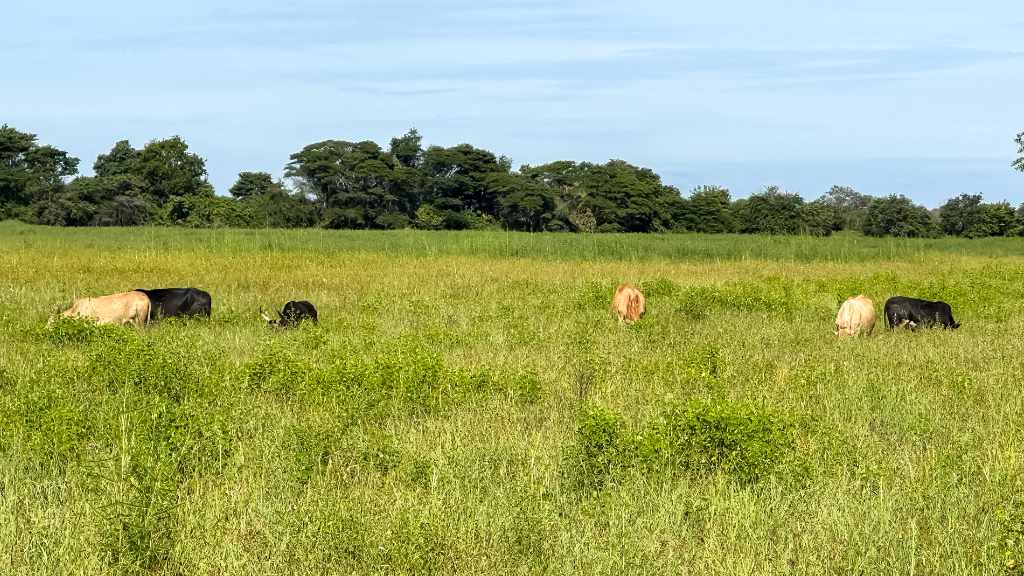
| Stat Label | Stat Value |
|---|---|
| Project Area | 185,000 hectares across two chiefdoms |
| Carbon Potential | 2,991,000-5,984,000 verified carbon units (VCUs) |
| Community Reach | 23 distinct communities in traditional governance structures |
| Implementation Timeline | 40+ years beginning Q1 2026 |
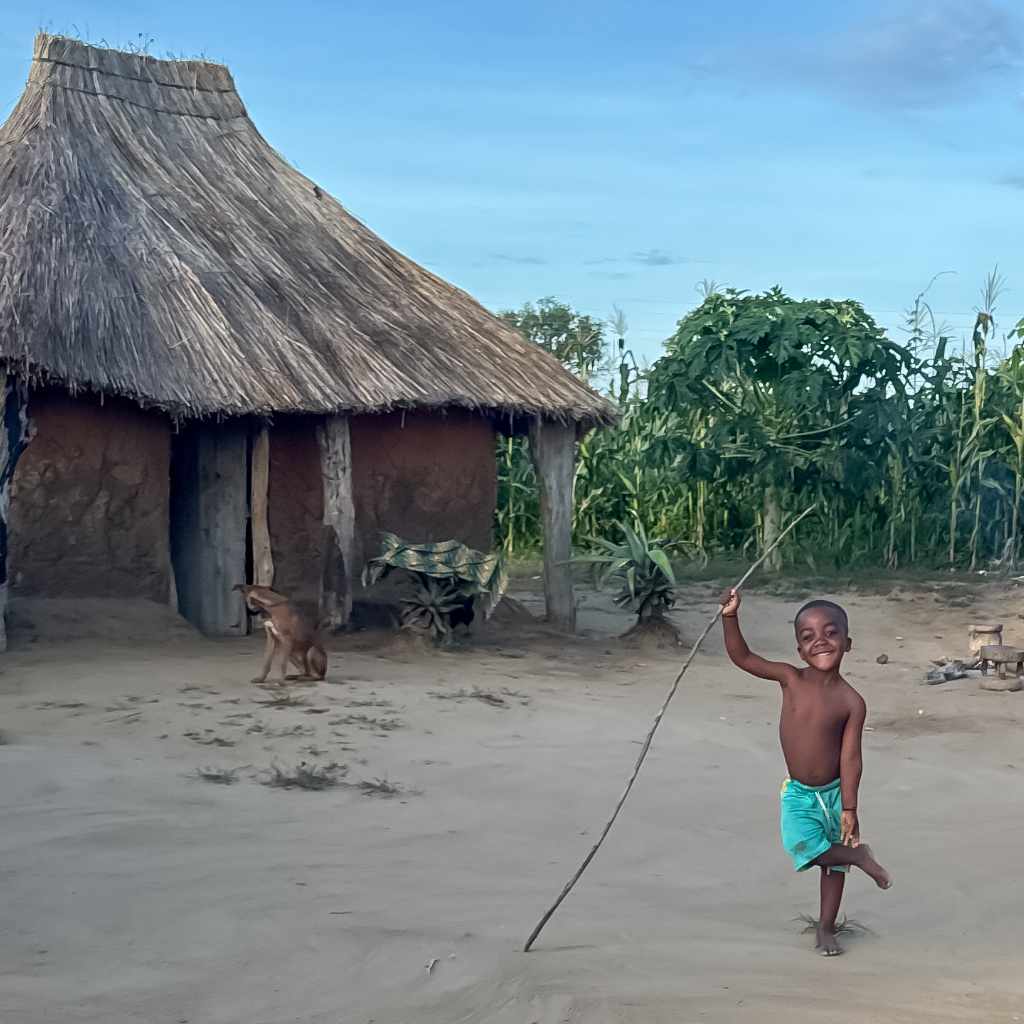
Community
The project area encompasses 23 rural communities across the Musokotwane and Nyawa Chiefdoms, operating under traditional governance structures that have stewarded these lands for generations. Current livelihood activities primarily center on small-scale agriculture, unsustainable beekeeping practices, timber harvesting, and charcoal production, contributing to woodland degradation across the 185,000-hectare landscape.
As a carbon-eligible landscape initiative, the project will work through existing traditional leadership to establish Community Forest Management Groups and train Honorary Forest Guards, building local capacity for long-term carbon stock management. Over the 40-year project lifetime, carbon finance mechanisms will support the transition to forest-friendly economic opportunities, including sustainable beekeeping, climate-smart agriculture, and value-added forest products. This approach aims to reduce pressure on the Miombo woodlands while generating an estimated 2.9-6.0 million verified carbon units and enhancing community wellbeing through sustainable livelihood development.

Technical Approach
The Musokotwane-Nyawa project implements a comprehensive carbon-eligible landscape restoration approach across 185,000 hectares of degraded Miombo woodlands in Zambia’s Kazungula District. The initiative employs multiple restoration techniques including assisted natural regeneration, indigenous tree nurseries for enrichment planting, buffer zone enhancement around protected areas, and watershed rehabilitation to restore connectivity between the Greater Kafue Ecosystem and Mosi-oa-Tunya National Park.
Implementation follows rigorous carbon methodologies targeting 2,991,000-5,984,000 verified carbon units over the project lifetime through Afforestation, Reforestation and Revegetation activities. The project integrates traditional leadership structures through two chiefdoms while developing forest-friendly livelihoods that ensure long-term sustainability.
Monitoring frameworks combine community-based approaches with scientific measurement, tracking forest cover changes, carbon stocks, biodiversity indicators, and livelihood improvements. Community Forest Management Groups lead local implementation, supported by honorary forest guards and capacity building programs. An adaptive management approach allows continuous refinement of restoration techniques based on monitoring results, ensuring effectiveness throughout the 40-year project lifetime.
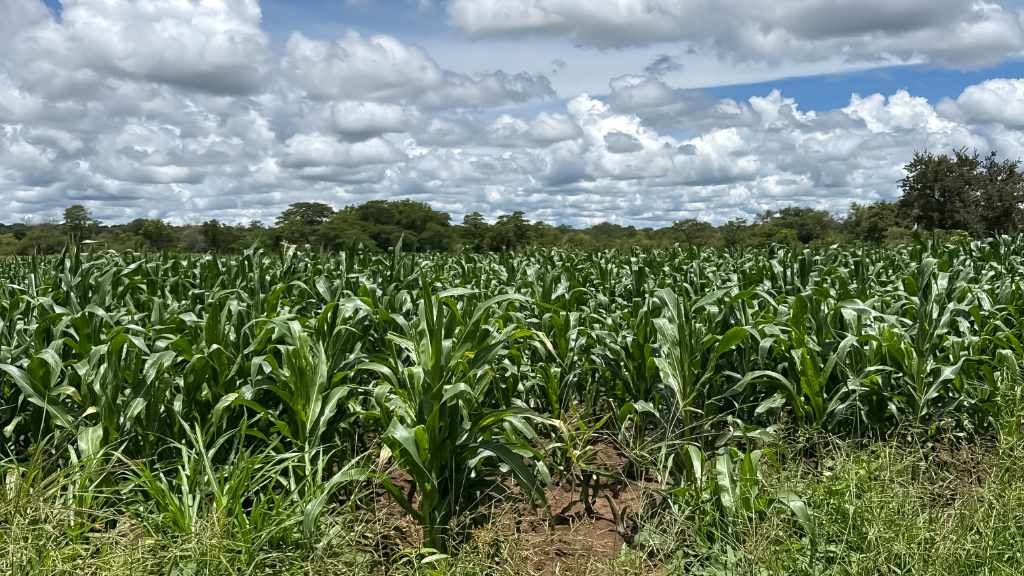
Progress and Impact
The Musokotwane-Nyawa Miombo Woodland Carbon Project represents Eden’s strategic expansion into carbon-eligible landscape restoration, targeting approximately 185,000 hectares of degraded woodlands in Zambia’s Kazungula District. The project is positioned to generate an estimated 2.9-6.0 million verified carbon units over its 40+ year lifetime while establishing critical wildlife corridors within the KAZA TFCA region.
Significant progress includes securing a formal invitation from Chief Musokotwane, with Chief Nyawa discussions advancing. The project team is finalizing partnerships with The Nature Conservancy, African Parks, and Panthera to align restoration with broader transboundary conservation objectives. Technical baseline assessments are underway to refine carbon sequestration projections.
Key 2025 targets include completing the Project Design Document, conducting two Vision + Design workshops, planting 800,000 indigenous trees, initiating restoration on 300+ hectares, employing 40 full-time team members, and maintaining 100+ km of fire breaks. These foundational activities will enable formal implementation in Q1 2026, supported by a $90.8 million blended finance framework combining philanthropic funding with carbon market mechanisms.
